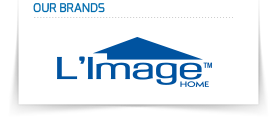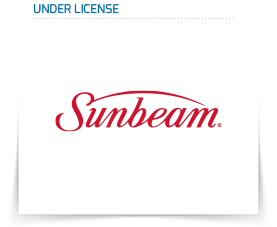FAQ
Light Bulbs
Instead of going to the store and grabbing an incandescent off the shelf, you now have several options when shopping for light bulbs:
-
LEDs: The most efficient option, LED bulbs are 75-80% more efficient than traditional incandescents and last 25 times longer.
-
Energy-saving incandescents (Halogen): These lower wattage incandescent bulbs have a tungsten filament like standard bulbs, but are surrounded by a halogen gas, rather than argon or nitrogen, to provide bright light with better efficiency. These are 25% more efficient than traditional incandescent bulbs and will last three times as long.
-
Compact fluorescents (CFLs): Though early versions of CFLs tended to offer harsh light, new bulbs have more color options and are even styled to look like traditional incandescent bulbs. These bulbs offer 75% energy savings over an incandescent and last ten times as long.
All of these bulbs will cost more than a traditional incandescent bulb—halogen incandescents being the least expensive and LEDs being the most expensive—but the energy savings will add up over time. The U.S. Department of Energy estimates you’ll save $6 a year for each incandescent you upgrade to a CFL—and the savings only grow over time, since these bulbs all last significantly longer and won’t require replacing as often as a standard incandescent. If you replace 15 bulbs in your house, you can expect to save $50 in energy costs every year—and on top of that, you won’t have to buy light bulbs nearly as often.
If the bulb you buy is Energy Star certified, which are tested to meet specific efficiency standards, you will save more—even though you’ll also spend more up front. If you want to know exactly how much a bulb is going to cost you, the label on packaging should tell you how much it will cost to use it for a year as well as how long it will last.
If you’re looking to replace specific bulbs in your household, you’re probably used to picking up a bulb that’s 60-watt, 100-watt, or the like—but wattage is based on how much energy the bulb uses and, therefore, it is not an accurate way to tell how much light the bulb produces.
Instead you need to look at the “lumens” which is a measure of how much light a bulb produces. Here are some guidelines to understand lumens:
-
If you used to buy 100 watt bulbs, look for a bulb with 1600 lumens.
-
If you used to buy 75 watt bulbs, look for a bulb with 1100 lumens.
-
If you used to buy 60 watt bulbs, look for a bulb with 800 lumens.
-
If you used to buy 40 watt bulbs, look for a bulb with 450 lumens.
Another new option you’ll see is color temperature. Because few people are fond of the harshness of fluorescent lights, most CFLs now come in colors designed to mimic the warmth of an incandescent bulb. Color is measured in Kelvins, ranging from 2,700K (the warm light of a typical incandescent) up to around 5,500K (daylight or natural tone). Though all of these bulbs produce white light, warmer lights will have a more yellow tint—better for bedrooms and other soft lighting conditions—while cooler lights will have a blue tint—better for reading. It is recommended to check the packaging to see what kind of light a bulb produces before you buy—and if you’re not sure, your local hardware store should have a display showing different colors.
A & C shown below are the Lighting Facts labels and they can be found in front and side panels of the packaging. Brightness in lumens and estimated energy cost per year are shown in the front whereas the Lighting Facts label on the side has more detail on life, light appearance (also known as color temperature) and energy used. On some packages, you will also find B which shows the color temperature of the bulb.

Compact fluorescent lights have a small amount of mercury inside. In standard use, the mercury stays inside the bulb and there’s no risk. However, if you break a bulb, you’ll want to take care to clean it up. But don’t be too alarmed: according to EPA, CFLs contain a very small amount of mercury—less than 1/100th of the amount in a mercury thermometer. When your bulb has burned out, you should recycle it to prevent that mercury from winding up in a landfill. Your city or waste collection provider may offer recycling services, but many major retailers also accept CFLs for recycling. Home Depot, Lowes, IKEA, Ace Hardware, and True Value will all recycle bulbs—just check with your retailer when you buy your bulb to see what to do.
Batteries
Super Heavy Duty Batteries
Alkaline Batteries
Rechargeable Batteries and Chargers
For specific questions on our batteries, please contact us at our toll-free number 1-877-383-6399 and our battery experts will be happy to assist you.














